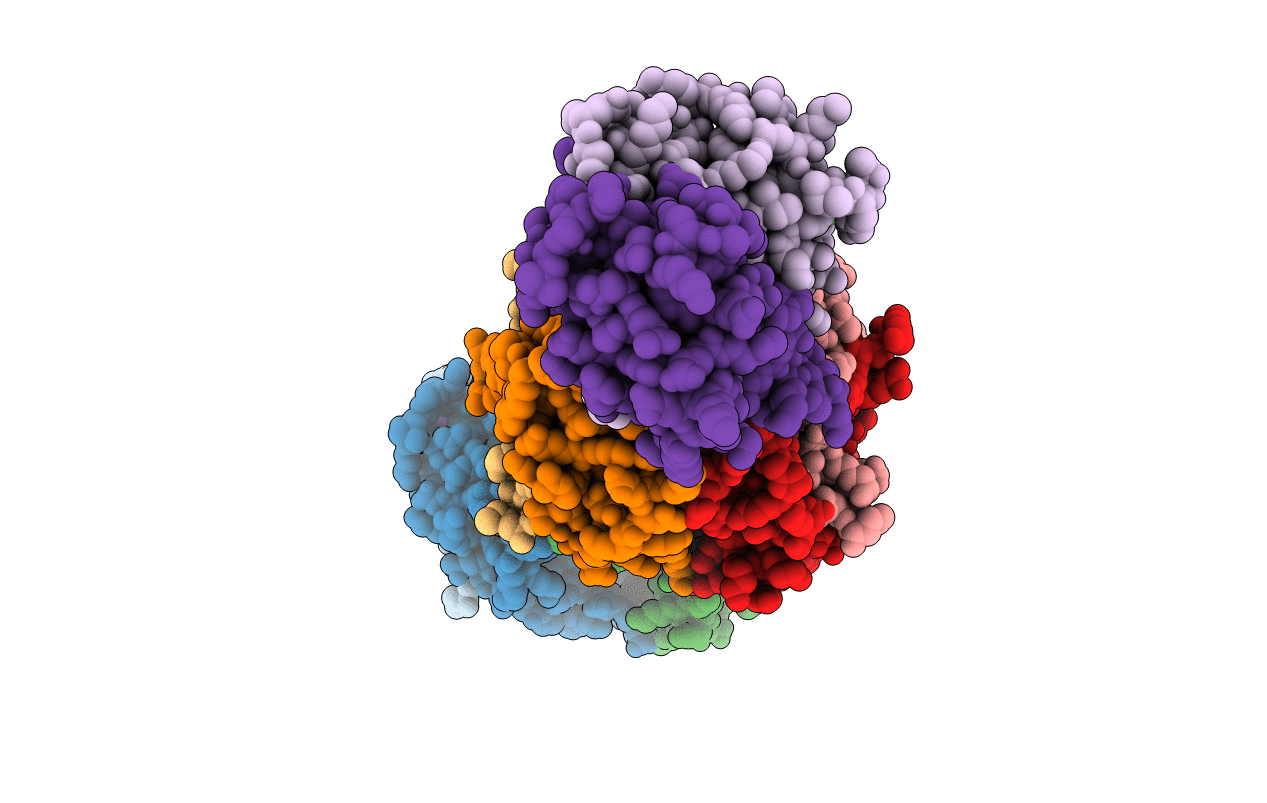
Deposition Date
2015-01-08
Release Date
2015-04-15
Last Version Date
2023-09-27
Entry Detail
PDB ID:
4XJK
Keywords:
Title:
Crystal structure of Mn(II) Ca(II) Na(I) bound calprotectin
Biological Source:
Source Organism:
Homo sapiens (Taxon ID: 9606)
Host Organism:
Method Details:
Experimental Method:
Resolution:
1.76 Å
R-Value Free:
0.22
R-Value Work:
0.18
R-Value Observed:
0.18
Space Group:
P 1 2 1


